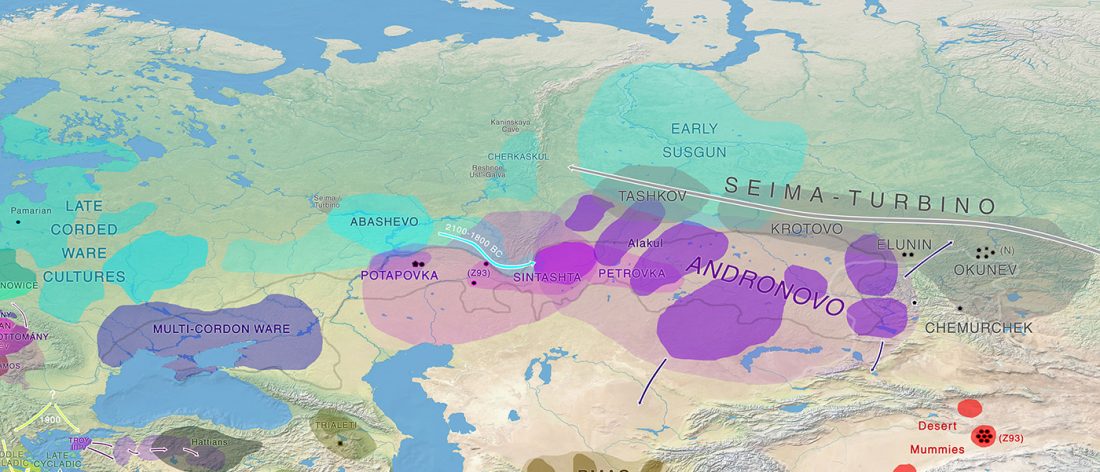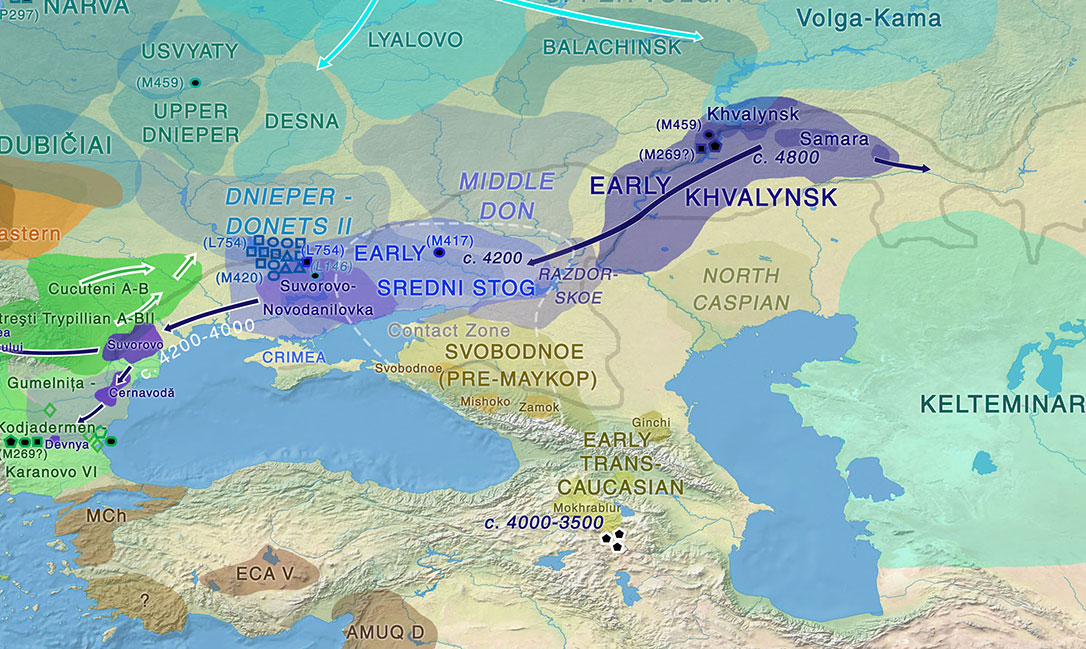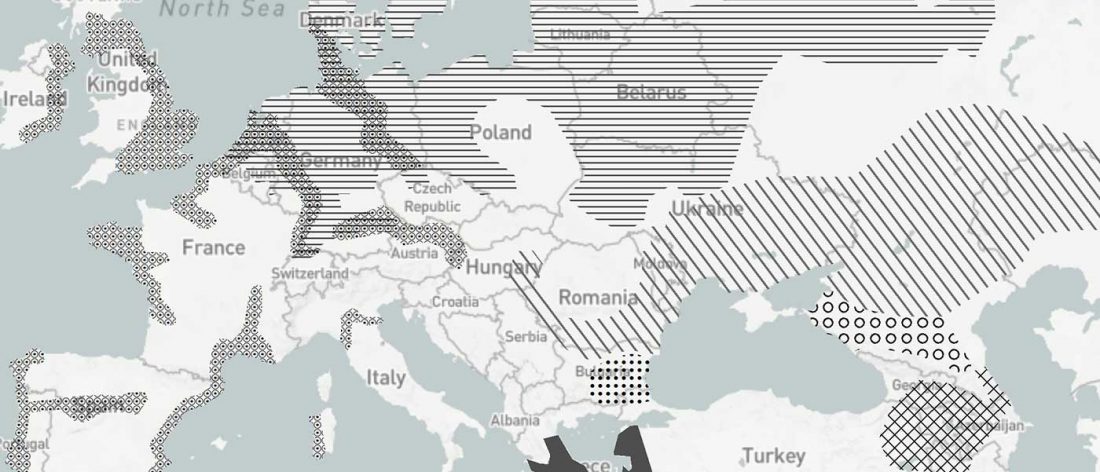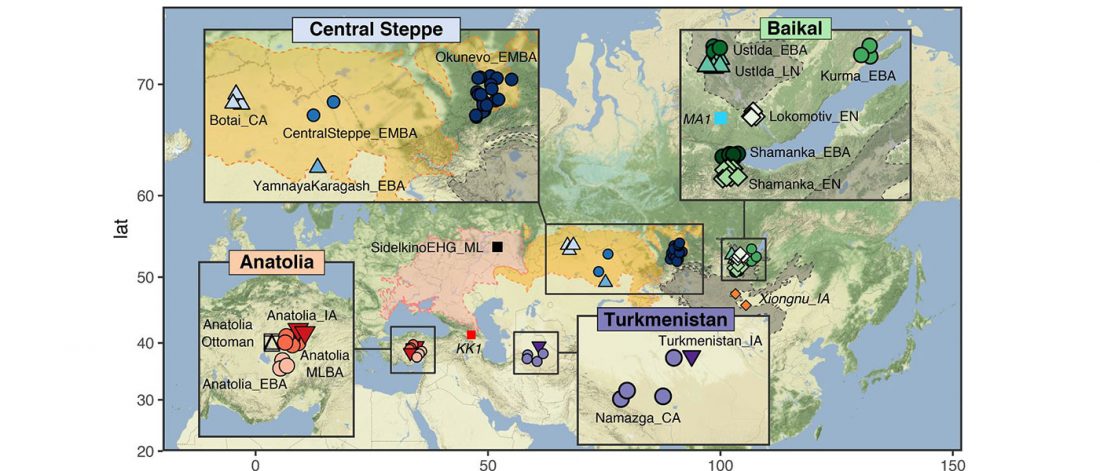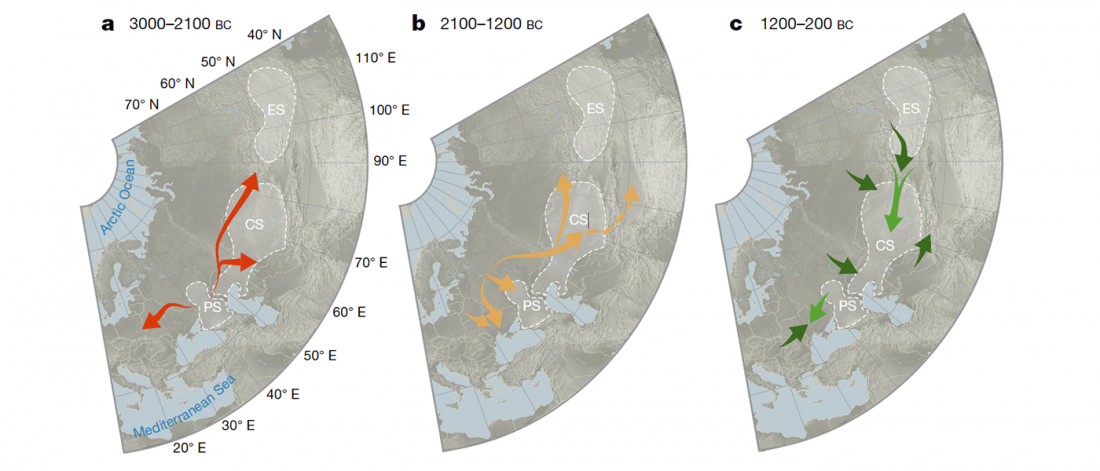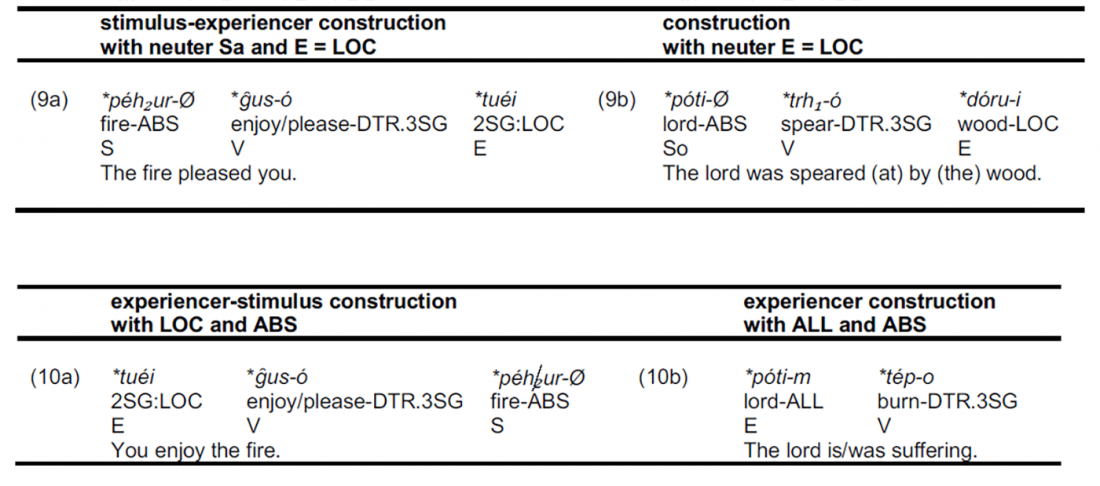Sintashta-Petrovka and Potapovka cultures, and the cause of the Steppe EMBA – MLBA differences
Interesting recent papers on Sintashta and related Volga-Ural MLBA communities, with relevant excerpts (emphasis mine):
Social Organization of the Sintashta-Petrovka Groups of the Late Bronze Age and a Cause for Origin of Social Elites (Based on Materials of the Settlement of Kamenny Ambar), by Chechushkov et al. Stratum Plus (2018) Nº2.
Abstract (official, in English):
… Read the rest “Sintashta-Petrovka and Potapovka cultures, and the cause of the Steppe EMBA – MLBA differences”The formation of social complexity often unfolded in non-unilineal ways in those regions of the world where the surplus product remained low enough to support institutionalized power and state bureaucracy. The Bronze Age of Northern Eurasia is a vivid example where social complexity arose
